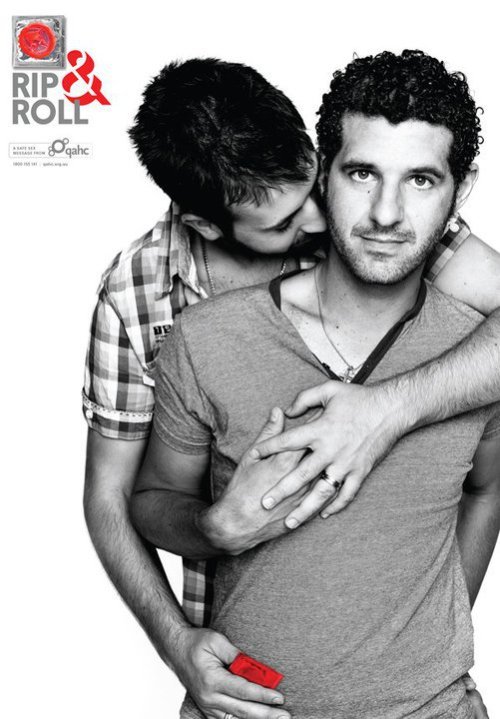 The city’s new logo—it is not a rebrand if the underlying tenets are the same—has not met with much support.
The city’s new logo—it is not a rebrand if the underlying tenets are the same—has not met with much support.
The next question must be: all right, if we’re all so smart, can we do better?
Ian Apperley and I think we can. Ian approached me yesterday morning to ask whether we should do a competition and open it up to all Wellingtonians.
At least that addresses the criticisms about getting people involved, and ensuring the internal audience—that’s us—is engaged.
But to kick it off, we can’t just come up with another logo. I think we need to think seriously about how we might replace the 22-year-old Absolutely Positively Wellington brand (in the widest sense of that word).
And here’s a head-start to make life easier: a discussion document with some Wellingtonians’ opinions on where the brand could go. In November 2010, I called a meeting with Hilary Beaton, Brian Calhoun, Nick Kapica, Christopher Lipscombe and Mayor Celia Wade-Brown to discuss the ideas about rebranding our city. (In other words, the fact that a city rebrand was of concern to Wellingtonians prior to the Massey University–The Dominion Post mayoral debate was foreseen by yours truly.)
The document was not released due to busy-ness at the end of 2010, then, the need to seek permission from the participants (which took a little while to secure). All have agreed that it can be released to the public.
I didn’t want to use it as something to do with my campaign when it belonged to everyone. With the discussion around a city brand arising again, this seems as good a time as any.
You can largely ignore the minutes of the discussion itself and go on to p. 6. In there, we felt that the Wellington brand should include these ideas, but stopped short at offering a concrete slogan.
Edge. The notion of “edge” came from this first part. Coastal cycleways are on the edge of the city, literally. Biodiversity is celebrated as an “edgy” concept. Cutting-edge is a concept Wellingtonians can relate to. The Sevens are edgy as a concept; as is concentrated diversity.
Connections to science and technology. Following Brisbane’s example, Wellington already has research institutes that can help with R&D in the city.
Empowerment. Other ideas that surfaced from the discussion of a producer culture led to the notion of empowering individuals, which could relate not just to technology, but simpler ideas of growing fruit trees in public gardens, or poetry readings when meeting together.
Encourage diversity. The carrot is better than the stick. Ideas of tolerance, and showing a better way need to be promoted.
Nimble. Wellington can move quickly thanks to size and innovation.
Contests. The idea of competition needs to be built in to the Wellington brand, as discussed above.
Youth. Get young people involved and allow them ownership.
Economic drivers. We identified the beauty of the city, diversity, public spaces, technology and the arts as important drivers for Wellington.
The waterfront. It is a public space that is at the core of much of Wellington’s beauty and is a driver of creativity.
Creative locations. Already Downstage is becoming an incubator for productions, allowing producers to retain their IP—a shift in how theatres could be managed, and totally in line with a creative city. This shift answers how we work today. What if it extended incubation to designers and other creatives?
The weightless economy. Design, IP, and related services can help raise New Zealand’s OECD rankings and can overcome the ‘tyranny of distance’. Royalty-based products, such as Apollo 13 and others, paint a way forward.
Ownership and shifting to an individual culture. By providing ownership of ideas, Wellington can shift to a more individualistic culture, rather than the team one that tends to hold entrepreneurship back.
A competition page for submitting your ideas can be found here.







If anyone has the right to comment on the “branding” fiasco it is clearly Jack Yan who cut his entrepreneurial teeth in this business.
I hope the competition goes well and that the “powers that be” will sit up and pay attention.
Jack – thanks for this. Agree I don’t like the logo proposed because it doesn’t seem to link very clearly to Wellington or Wellingtonians. I don’t know if I see any merit in moving away from the APW attitude/concept – different from portraying it in a new way. It does strike me that there have been a lot of companies and cities that have tried rebranding – again and again and again – and APW has served us well. Open to thoughts though and it should be an inclusive process – which the current design somehow doesn’t quite seem to have achieved.